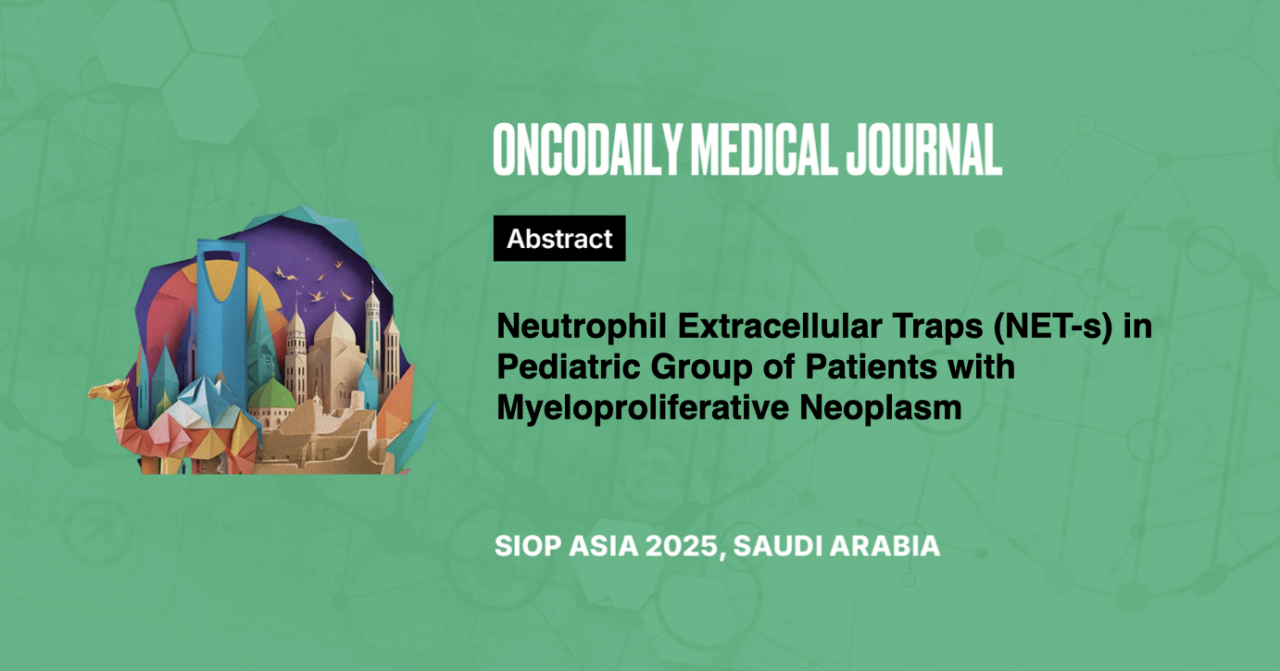Neutrophil Extracellular Traps (NET-s) in Pediatric Group of Patients with Myeloproliferative Neoplasm
Abstract
Introduction: Neutrophil extracellular traps (NETs) are critical for immune defense, releasing DNA strands with antibacterial proteins to combat pathogens. Additionally, NETs can activate the intrinsic pathway of blood coagulation, contributing to thrombosis. Patients with myeloproliferative neoplasms (MPN), including essential thrombocythemia (ET), are at increased thrombotic risk, potentially linked to elevated NETosis levels. This study investigates NETosis and neutrophil activity in pediatric ET patients with high platelet counts, providing insights into thrombotic mechanisms in this condition. The aim is the assessment of the granulocyte state in pediatric patients with essential thrombocythemia.
Methodology: 39 ET pediatric patients with various gene mutations, and 15 healthy donors (12-25 years) were recruited into the study. Formalin-fixed smears of EDTA-anticoagulated leukocyte-rich plasma were stained with Hoechst 33402, anti-myeloperoxidase (MPO), anti-neutrophil elastase (Ela), and citrullinated histone H3 (citH3) antibodies, and analyzed with Nikon Ti2 AX confocal microscope. Neutrophil functional activity associated with platelet-rich thrombi was assessed in hirudinated whole blood using fluorescent microscopy within parallel-plate flow chambers coated with fibrillar collagen.
Results: At least 100 neutrophils were examined for each patient or donor. The mean level of NETosis in healthy volunteers was 4.7% with a 95% confidence interval of 2.7-6.7%. The NETosis levels in patients with ET were significantly higher. Among the patients, there was no statistically significant difference in NETosis level between those with mutations in CALR (31%; 95%CI 19-43%), JAK2 (40%; 95%CI 22-58%) and triple-negative ones (16%; 95%CI 5.8-27%). In MPN patients a significant portion of neutrophils shifted to suicidal NETs. The velocity of neutrophil chemotaxis in the flow chamber assay was significantly increased in all patients, in particular with mutations in CALR (mean 0.21 μm/s, 95%CI 0.20-0.22 μm/s).
Conclusion: The level of NETosis is significantly increased in patients with MPN.





